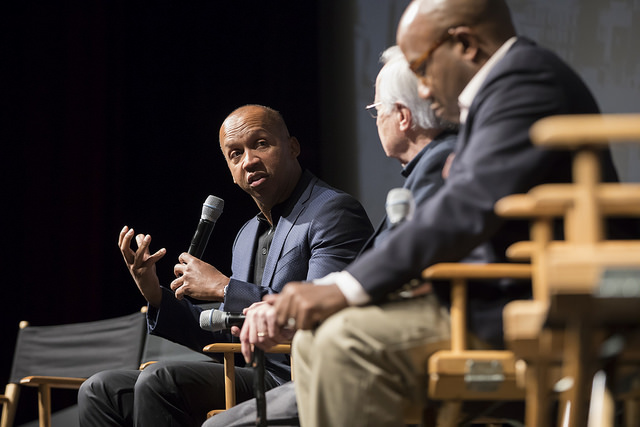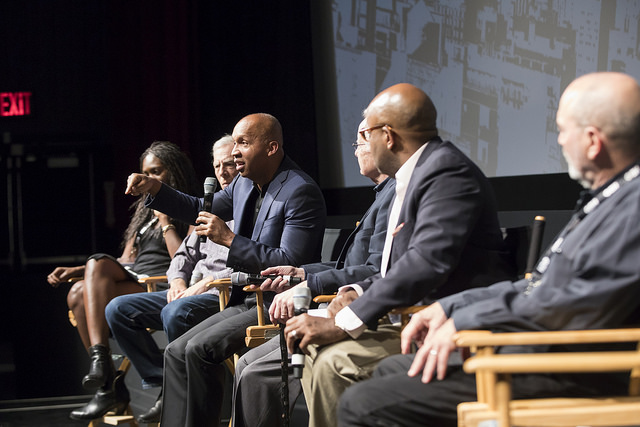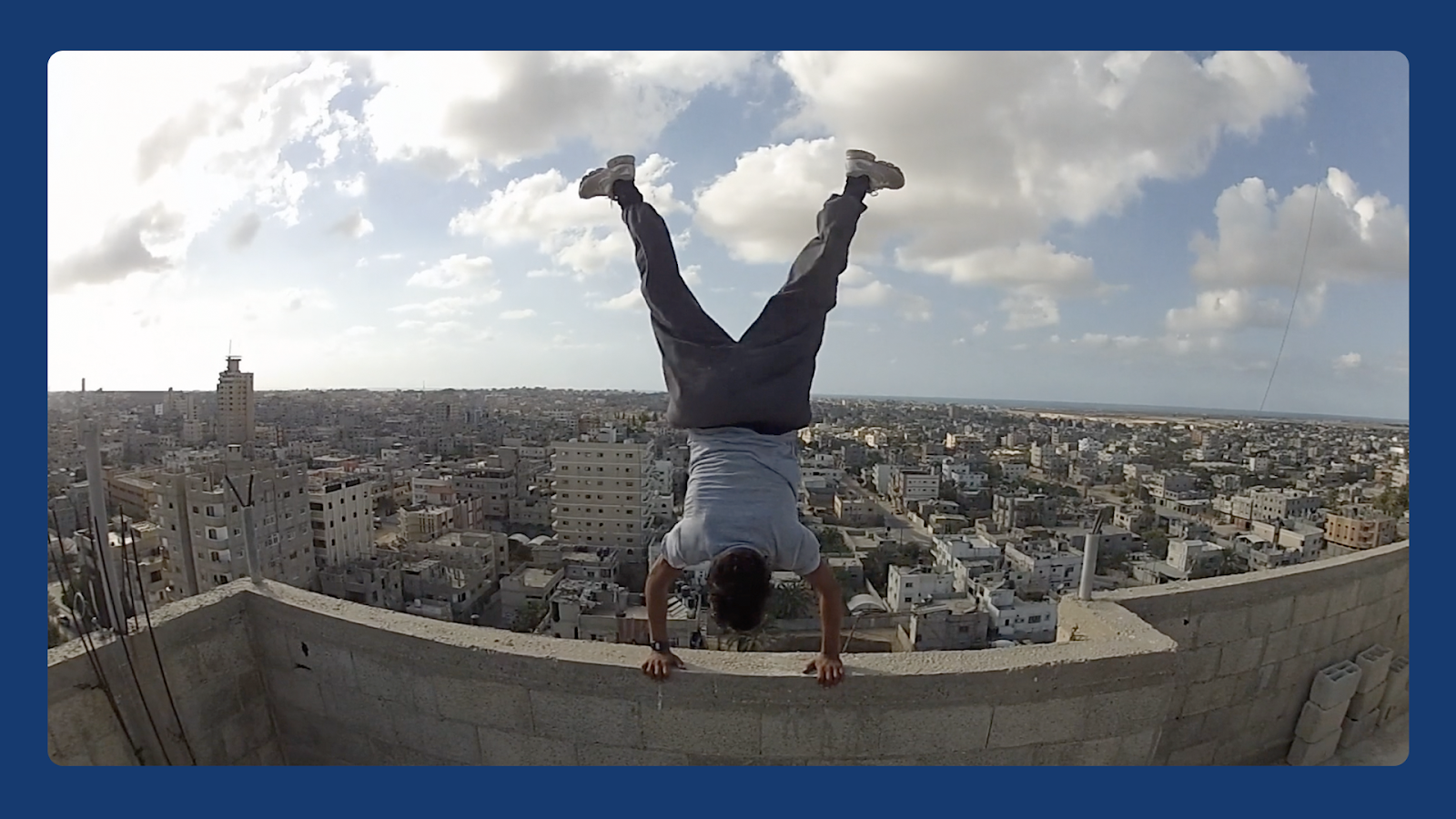Rikers: Exposing A Culture of Violence and Fear The "unbearable truth" about New York's most notorious prison


Written by Kate Hoos
“The truth of the film is almost unbearable” executive editor Bill Moyers said in his introduction of Rikers, making it’s world premiere at DOC NYC. Moyers also said on wanting to make the film that he had heard a lot about the culture of violence and brutality plaguing the Rikers Island Correctional Facility, but had only heard it through the filter of journalists. The resulting film then is not more of the same, and relies solely on the graphic and horrendous first person accounts of twelve former inmates who were housed there. We truly see the raw picture through their eyes
We hear from ten men and two women, and in a reflection of the disproportionate number of people of color currently incarcerated in jails and prisons around America, these inmates were all POC except for one female inmate. They recount stories of abuse and neglect by guards, of the lack of mental health care and supervision for this extremely vulnerable part of the prison population, and also of the often complex and unspoken rules of how the prisoners interact with each other in tiers of power. We hear what would happen if a prisoner didn’t follow the rules or worse didn’t “hold it down” – a term for staying quiet to the horrors around you. Kathy Morse suffered such a fate after being viciously raped by other inmates- female inmates- in the shower when she was viewed as a snitch. In the film Morse said she “wanted to die” after her assault.
Inmates spoke of the cruelty permeating the walls of Riker’s and of the systems of oppression that held them there. In New York City, some 89% of the detainees cannot afford to post bail at arraignment, according to New York City’s Criminal Justice Agency 2014 annual report. Bail is set at $1,000 or less in 38% of cases, according to the report. Over the course of the film, inmates also talk about how the ended up in Rikers, stories of being of picked up by police as teens for “fitting the description,” while others told of having had family members in and out of incarceration during their lives and seeing themselves as part of the cycle.
Marcell Neil was just fourteen the first time he went to Rikers. Another detainee, Barry Campbell, who had been in and out of Rikers and other facilities for the majority of his adult life, spoke of the start of his journey as a child in and out of foster care and leading up to incarceration, and said that he was “the system’s baby” and had lived a “life of chaos.” There were audible gasps from the audience at points as more stories were revealed, most noticeably when an inmate recounted a horrific story of witnessing another inmate attacked with boiling water, melting the skin off of his face in the process.
While we do not hear the voices of any corrections officers in the film- a conscious choice made by the filmmakers- we do hear their role in the criminality of Rikers. The lines were very often blurred between criminal and officer as many of the COs not only looked the other way during inmate attacks on each other, but participated in beatings of inmates resulting in permanent injury for some, including Ralph Nunez who later was part of a successful class action suit against the jail. Drugs and weapons were also provided to inmates freely from the officers, adding fuel to an already blazing fire in a culture steeped in violence.
“The true experts, the people who truly understand what it means to cope with the kind of cruelty, and abuse and violence are the ones you hear from,” author Bryan Stevenson said during the Q&A following the screening. “They are not talking to you as criminals, they are talking to you as human beings”
Kate Hoos is a musician, writer, freelance photographer, and social media consultant whose work has appeared in Bust, Tom Tom Magazine, Homoground, and on countless band websites. She is a member of the organizing committee for the Punk Island Festival and plays guitar in the band Lady Bizness.


